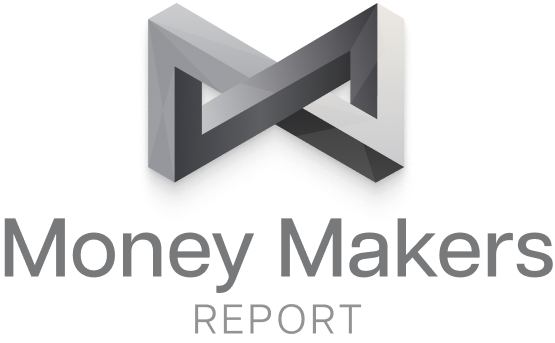India now has a thriving Web3 ecosystem with over 1,000 startups in the space, a report published by Hashed Emergent on Tuesday showed. Bengaluru, renowned as the technology capital, has positioned itself as the central industrial hub in the country.
These Web3 startups have collectively secured funding over $2.5b, reflecting their burgeoning growth and attractive investment potential.
In 2023, Indian Web3 startups secured about $270m in funding, reflecting an 81% decrease compared to 2022 figures. However, the number of funding rounds have remained consistent over the past two years. This trend suggests a continued focus on early-stage innovation within the Web3 space.
Additionally, it signifies increased involvement from early-stage investors, such as corporate venture capitalists (CVCs) and ecosystem-specific funds.
Indian Web3 Startups Focus on Efficiency in Uncertain Market
In light of a challenging funding environment, founders who secured initial capital prioritized cost-reduction strategies. This shift in focus resulted in a decrease in the number of Series A and subsequent funding rounds for Web3 startups.
The report further found that the Indian Web3 landscape is witnessing the emergence of several key trends. These include the rise of perpetual decentralized exchanges, platforms facilitating on-demand digital asset retrieval, middleware infrastructure projects, and scaling solutions that adhere to a modular approach.
Funding for the Indian Web3 ecosystem has benefited from contributions from both domestic and international venture capital firms. Notably, active investors hail from regions such as the US, UAE, and Southeast Asia. These include names like Alpha Wave, Hashed Emergent, Coinswitch Ventures, and Coinbase Ventures.
Source: Hashed Emergent
India’s Rapid Growth in Web3 Developers
Additionally, India has demonstrably solidified its position within the global Web3 developer community. Its share has grown significantly, rising from a modest 3% in 2018 to a more notable 12% in 2023.
Notably, the developer community within this space skews young, with over half joining in the past two years. Furthermore, female participation has exhibited a positive trajectory, rising from 3% to 14% over the past five years.
In 2023 alone, the country added 3.5m developers to Github, registering one of the highest growth rates worldwide.
While the US maintains the leading position, boasting 26% of global Web3 developers, India’s growth trajectory is commendable. From 2018 to 2023, India witnessed a remarkable 300% surge in developers.
Gaming, NFTs Attract Indian Developers
Within India’s Web3 landscape, Ethereum has established itself as the dominant blockchain platform for infrastructure and Decentralized Finance (DeFi) projects.
Conversely, Solana and Polygon are experiencing a surge in popularity within the consumer-centric realm, encompassing sectors like gaming and social platforms.
Reflecting these trends, gaming and non-fungible tokens (NFTs) have emerged as the leading use cases for Web3 developers, attracting 31% of the workforce. Following closely behind are DeFi and real-world asset applications, capturing the interest of 21% of developers.
Meme Coins Remain Popular in India
While India is a leading market for crypto, the total value held remains lower compared to both developed and some emerging markets. Bitcoin maintains its dominant position in terms of asset holdings, accounting for about 18% of the market share.
However, it did experience a 15% decline in value during 2023. Conversely, Ethereum holdings have witnessed a significant surge, nearly tenfold since 2020. Despite this impressive growth, Ethereum holdings also faced a 10% decrease in 2023 compared to the previous year.
Meme coins, such as Dogecoin and Shiba Inu, retain a surprisingly strong presence within the Indian cryptocurrency market. Collectively, they account for 15% to 18% of total holdings and consistently rank among the top five coins traded on Indian centralized exchanges.
Regulators Look Beyond Ban to Understand Web3
The report acknowledged a positive shift in the Indian regulatory landscape. Previously characterized by a restrictive “ban” approach, regulators now demonstrate a more nuanced understanding of the distinction between blockchain and cryptocurrencies.
However, lingering uncertainties regarding the applicability of existing regulations, coupled with an unfavorable stance from banks, payment processors, and regulators, have incentivized the relocation of some Indian Web3 projects and teams overseas.
Hashed Emergent anticipates a future regulatory strategy for India that tackles Web3 on two fronts. First, India will likely collaborate with the G20 to establish international consensus on effective regulatory frameworks for this emerging space. Simultaneously, India is expected to pursue targeted domestic regulations tailored to the specific needs of its Web3 ecosystem.
The post India’s Web3 Startup Tally Tops 1,000 as Investor Appetite Soars appeared first on Cryptonews.

